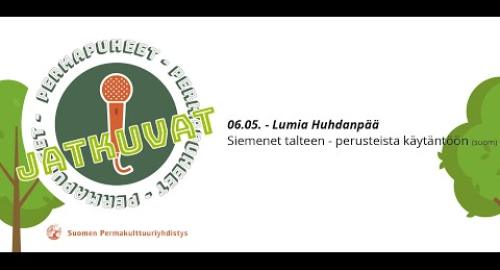Dominik Jais - Permaculture design by example
Explore permaculture design and sustainable living with Dominik Jais at Beyond Buckthorns. Learn about core permaculture principles, practical projects, and community involvement. Discover innovative solutions for a harmonious and productive environment. Perfect for eco-conscious enthusiasts.
Permaculture Design Principles
The core principles of permaculture include earth care, people care, and fair share. These principles are not just theoretical but are actively applied in practical designs, guiding every aspect of sustainable, ethical, and beneficial work for both people and the environment.
Dominic's Background
Dominik shares his personal journey, starting from his roots in Bavaria, Germany. With a background in brewing technology and a passion for sustainable living, he moved to Finland and immersed himself in permaculture and biogas practices. His journey highlights the importance of continuous learning and adapting to new environments.
Beyond Buckthorns
Beyond Buckthorns, located in Finland, spans three hectares and includes diverse elements such as a main garden, a biogas shed, a food forest, and various microclimates. The importance of observing natural patterns and working with the land's existing features to create a harmonious and productive environment is emphasized.
Permaculture Projects
Several permaculture projects are discussed, including:
- Permapuheet Design: An educational project aimed at spreading permaculture knowledge.
- Biogas Systems: Implementing biogas solutions for sustainable energy.
- Multi-layer Gardens: Creating diverse and resilient garden systems.
The design processes, from initial observation and analysis to implementation and maintenance, are explained with practical tips and insights.
Challenges and Solutions
Acknowledging the challenges inherent in permaculture design, such as cultural differences and physical limitations, strategies for overcoming these obstacles are shared. These include leveraging local resources, collaborating with the community, and continuously learning and adapting designs.
Community and Education
Community engagement and education are significant parts of the work. Teaching others about permaculture and involving community members in sustainable practices fosters a sense of community and collective responsibility for the environment.
Insights Based on Numbers
Permaculture designs can vary in complexity. Ten designs for the diploma reflect different aspects and applications of permaculture principles, engaging over twenty interns and showcasing the importance of community involvement and education in sustainable practices.


